It is a design technique familiar to anyone who has watched Star Wars, Star Trek, Battlestar Galactica, or essentially any space-centric science fiction film or series — a trick to imply scale through complexity. Despite seeing it many times over, though, you might not even know what it’s called. From futuristic skyscrapers to Borg spaceships, this kind of manipulation has various names — there were “wiggets” in the classic 2001: A Space Odyssey, then later: “nurnies” and “greebles.”
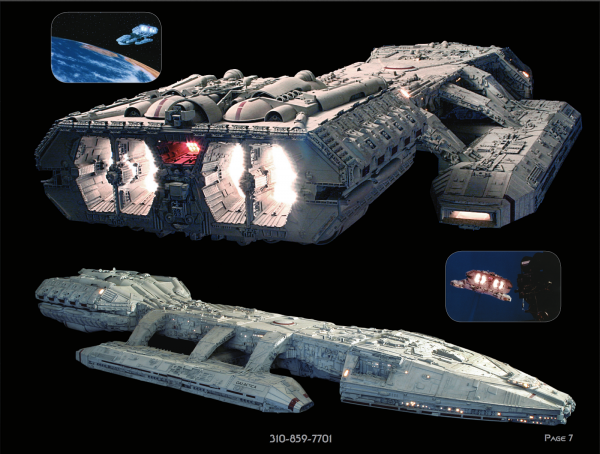
Greebles can be used to imply all kinds of functions — ship-mounted weapons, engineering elements, and so forth — without making them explicit. In the world of physical modeling, creating variations to make things look big can be as simple as gluing small pieces onto models and allowing these accretions to suggest immense structures.

Star Wars showcases these approaches in various ways. Many “ships” constructed for the series actually started out as relatively bland models. They were then subsequently adorned by ready-made pieces from store-bought toy model kits, already rich in minute details.
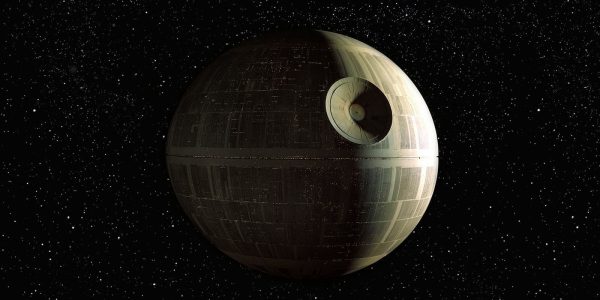
More refined imperial designs feature some unevenness to imply scale, but are typically relatively streamlined, presumably reflecting their authoritarian, top-down design. Meanwhile, civilian and rebel ships like Han Solo’s Millennium Falcon often look more like they were cobbled together and patched up over years (or decades). Indeed, some science fiction buffs trace the word “greeble” back to Lucasfilm’s breakout hits (or variations on the term, like “greeblies” or simply “greebs”).
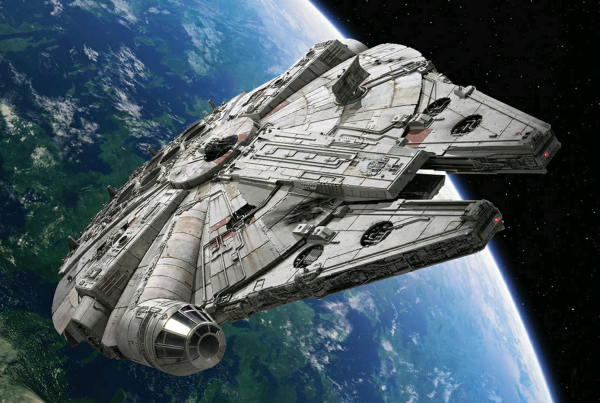
When it comes to digital models, more polygons can mean more processing power and rendering complexity, so there is an art to balancing greebled details with technological constraints and often sticking to simpler combinations of cubes and cylinders. Then, too, there are programs and algorithms that automatically help greeble surfaces at various levels of scale with different degrees of detail.

One pending suggestion for a dictionary definition of greebles shows that the term’s use has broadened over time, too, including any “cosmetic detailing added to the surface of a larger object that makes it appear more complex or technologically advanced on film sets and on toys to make them appear more realistic and hand tools to give the impression of higher quality.” Indeed, LEGO builders often greeble to suggest added complexity for everyday creations, not just films.
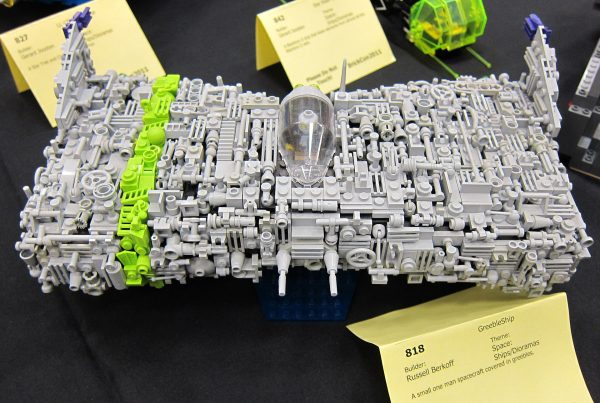
So, why does it work? As humans, we use details as cues to estimate size, particularly against backdrops that are absent reference points (like outer space in a science fiction movie). Also, our imaginations fill in details, piecing together puzzles to make sense of what we see — greebles are, on some level, raw material for that mental process.
Then, too, greebling implies workmanship, attention to detail, and ultimately suggests imaginary worlds are more complex than we know. In short: the implication of hidden depths helps us read more into what we’re seeing than is necessarily there — it also arguably reflects a shift in design trends that has grown out of computer-aided design.
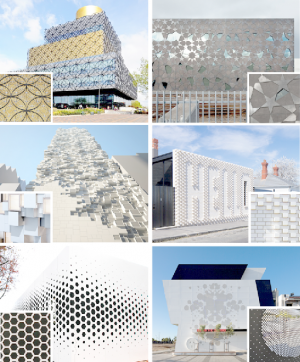
In the world of architecture, there are some partial analogs to greebling dating back decades. Take, for instance, the inside-out approach of the Centre Pompidou, which places a number of building systems on the exterior of the structure. In this case, though,, the objects in question serve a real purpose (clearing out the interior for human occupation) but were clearly an aesthetic choice, too.
More directly, there a recent trend toward manufacturing complexity as well for its own sake, a reaction in part to the era of uniform Modern architecture defined by simplicity and repetition. Manually or algorithmically generated facade patterns help to visually “break down” larger buildings, often in somewhat arbitrary ways. In the post-ornament era, these kinds of designs have helped architects make facades more dynamic, for better or worse, and can give outside observers a sense of scale. Whether it works as well in the real world as in fictional world-building is a somewhat subjective call, but then: so is any choice to greeble an object or surface.



Leave a Comment
Share